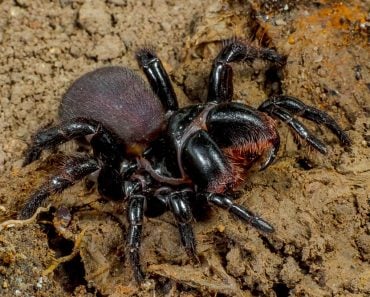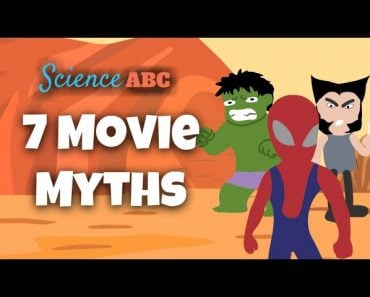Table of Contents (click to expand)
Spiderman has lightning-quick reflexes that help him fight his enemies. Humans also have reflexes, but they’re not nearly as fast. However, they can be improved to a certain degree through training.
We all know about Spiderman, one of the most popular superheroes in comic book history. The fictional character created by Stan Lee (the father of the Marvel universe) has many weapons and abilities to combat his enemies and protect himself.
However, his lightning-quick reflexes and the ability to dodge incoming threats are some of the most envied skills of any superhero. People around the world have tried to imitate Spiderman and replicate the actions of the superhero, but has anyone been able to develop the innate sense to detect danger and respond like him?
Recommended Video for you:
What Are Reflexes?
Reflexes are quick involuntary actions that living organisms perform in response to an external stimulus. A stimulus is simply a change in the surrounding environment or conditions outside the body. Reflex actions are unconscious movements that don’t involve the use of our brain, unlike other voluntary tasks that require management by the mind. Consider, for example, a situation when you touch a hot object with your hand. The temperature around your hand suddenly rises, indicating a change in the external conditions of the body. As a result, you remove your hand from the vessel immediately, even if you didn’t consciously tell your muscles to do so.
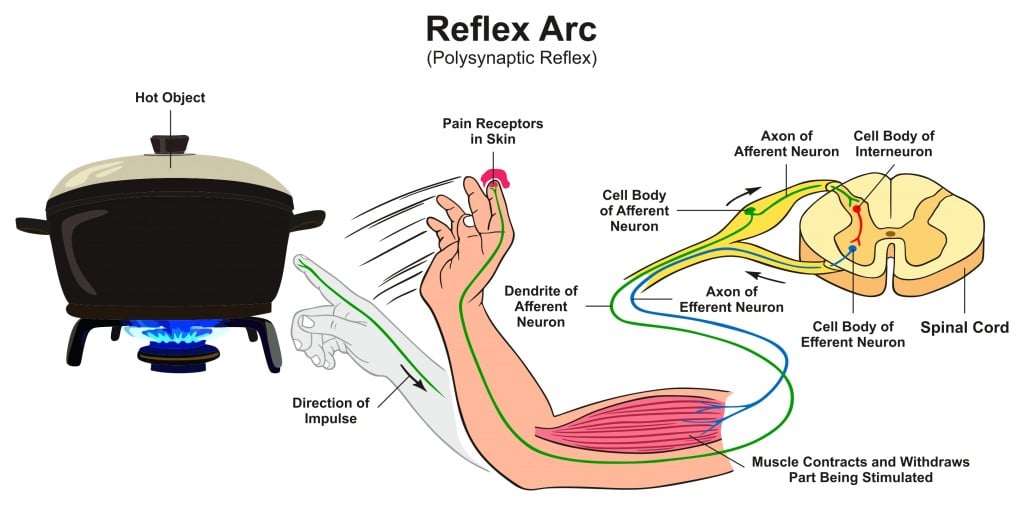
Reflexes work via neural signals or transmissions that travel from one nerve cell to another, delivering a specific message for a coordinated activity. Most reflexes don’t have to travel to our brain to be processed. This is why reflexes happen so quickly. A reflex action often involves a straightforward nervous pathway, also called a reflex arc. This reflex arc begins with receptors being excited. These receptors then send signals along a sensory neuron to our spinal cord, where the signals are passed on to special nerve cells called motor neurons. As a result, one of our muscles or glands will be stimulated, and the reflex action is performed.
Do Humans Have Something Like A Spider-sense?
In his comics and movies, Spiderman is often seen dodging bullets and pumpkin grenades thrown by his archenemy, Green Goblin. In the process of evading such hazards, our hero is often helped by his so-called ‘Spider-Sense’, which is basically a sixth sense that helps him detect imminent dangers.
So, do humans have something similar to this ability?
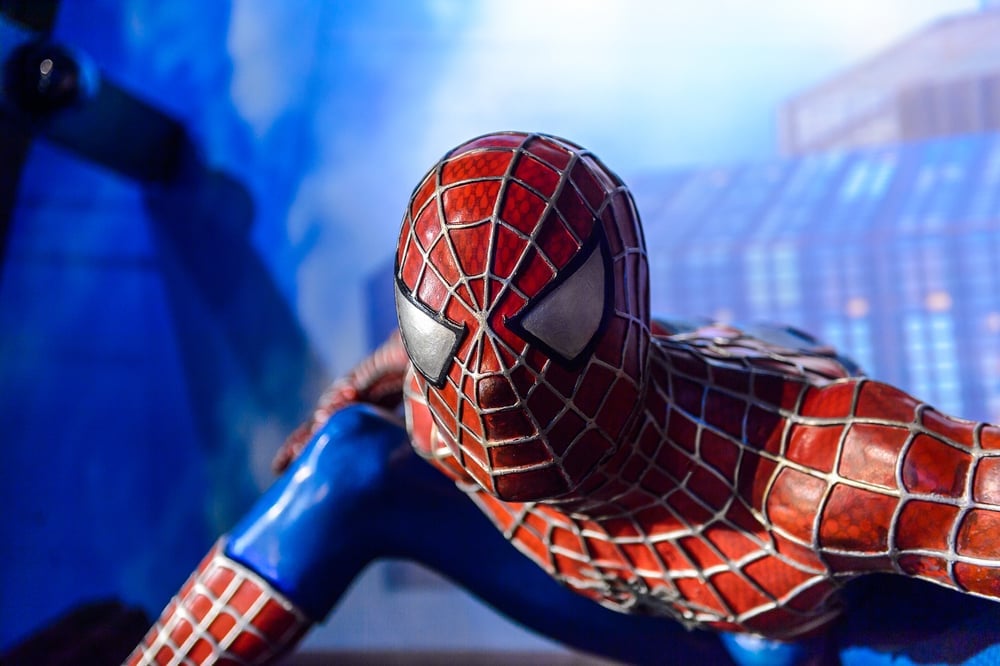
Well, to be clear, there might not be any such thing as a spider-sense. Humans cannot sense danger of which we aren’t aware, nor can we dodge pumpkin grenades thrown at us from behind.
Having said this, we do have a spider-sense of our own—the ability to react to dangers that we are only aware of unconsciously. Our senses take in a substantial amount of information from our surroundings at all times, most of which is ignored or discarded in order to focus on the more important tasks at hand.
However, a team of researchers (reaction to fear-New York University) recently proved that if some form of threat or danger appears in the periphery of our vision, we will immediately shift our attention and experience an immediate sympathetic response that protects us from the danger. While this is not exactly like a spider-sense, it certainly helps us in a number of ways.
Can We Improve Our Reflexes Through Exercise?
Proprioception is the perception or awareness of the position and movement of the body. Combined with our reflexes, enhanced proprioception can significantly help humans develop something similar to the lightning-quick reflexes of superheroes. The good news is that it’s actually possible to enhance these abilities through training and a proper diet.
Rock climbing and tree climbing are activities that can help one improve these abilities, in addition to hand-balancing exercises, such as handstand press-ups and planks.

Contralateral movements, which simply mean moving our right hand and left leg, or our left leg and right hand, help us make our central nervous system more efficient. The best contralateral exercise is a one-handed press-up with only one leg (the opposite one) touching the floor. Crawling also helps boost contralateral movements. Similarly, training for ambidexterity (using both your limbs simultaneously) may also assist in the same way as contralateral movements, namely by improving the communication between the left and right areas of the body and by enhancing our awareness of our non-dominant limbs. Thus, exercise can definitely help us to improve our reflexes, but whether we can reach a Spiderman-like level of reactivity or not is still to be seen.
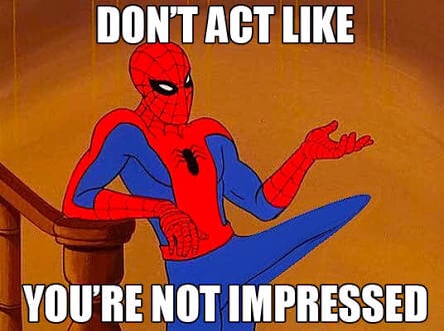
A Final Word
After reading this article, you might be driven to train to become a real-life Spiderman. However, you should know a few things first… Our reflexes help us in many ways, including protecting us against dangers that we may miss with our regular senses. These reflexes can be improved to a great extent by regular exercise and a proper diet, but dodging a bullet from ten meters away is far-fetched, even for those who have mastered the art of self-control and have heightened their reflexes beyond the average human.
Even so, the struggle for superhero skills isn’t over. Technology around us is quickly evolving, as is the average human being. Genetic engineering has made marvelous progress over the years, and a human-animal hybrid is not far from reality (Japan recently approved first human-animal embryo experiments). Basically, if scientists out there are a really into Marvel movies, a Spidey-human hybrid might be the first one walking the streets, or rather, swinging through the skies!
References (click to expand)
- Raio, C. M., Carmel, D., Carrasco, M., & Phelps, E. A. (2012, June). Nonconscious fear is quickly acquired but swiftly forgotten. Current Biology. Elsevier BV.
- What Are Reflexes? (for Kids) - Nemours KidsHealth. kidshealth.org
- What Are Reflexes? | amomentofscience - Indiana Public Media. WFIU
- Spider-Man (Peter Parker) In Comics Powers, Villains, Enemies. marvel.com





